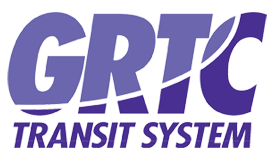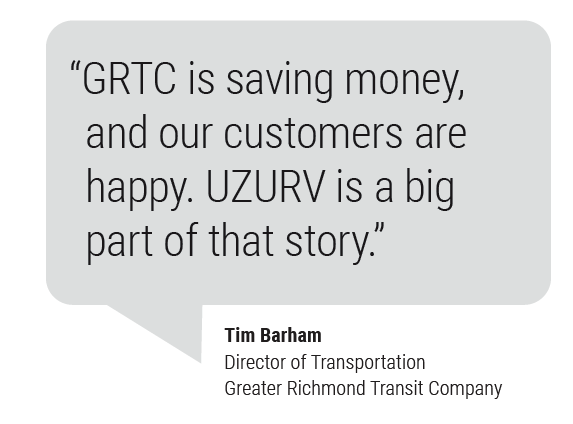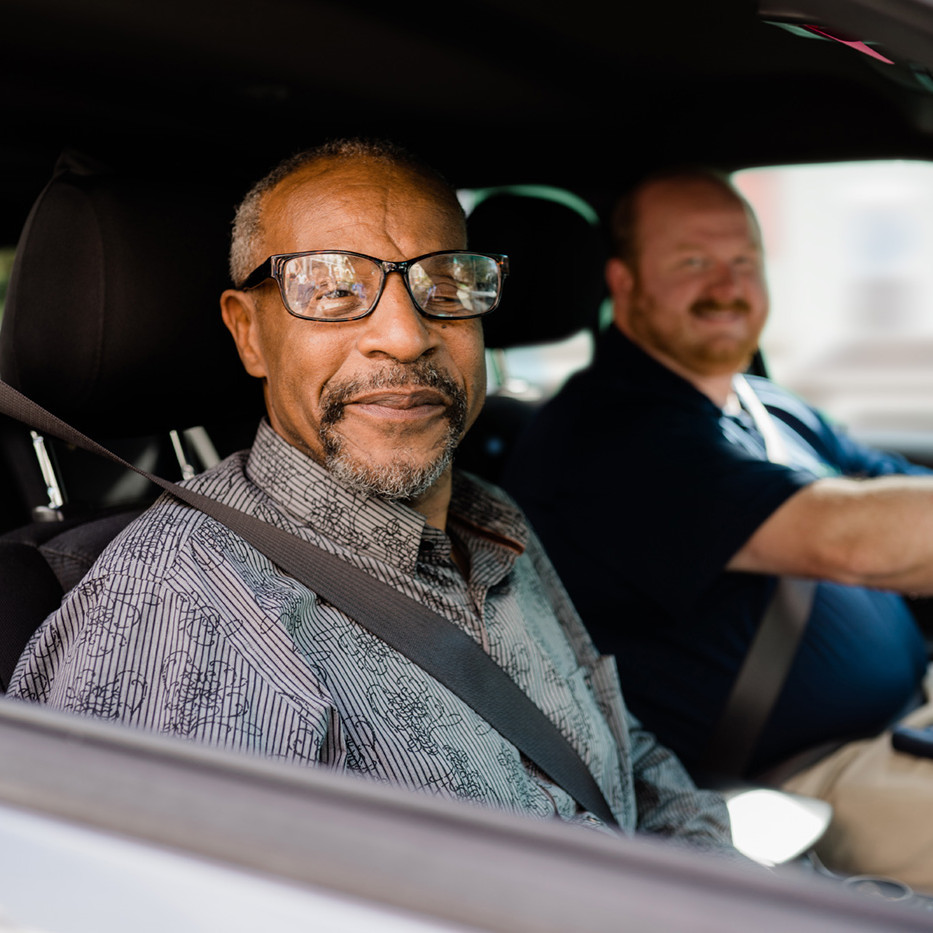Since going live in 2017, UZURV has been wildly popular among GRTC paratransit riders – initially accounting for 70% of CARE On-Demand’s daily ride volume.
By implementing UZURV’s adaptive on-demand mobility platform, GRTC has been able to create superior customer experiences (net promoter score across all markets of up to 92), significantly improve on-time performance (98%), and drastically reduce paratransit expenditures per trip by 53%.
Additionally, the CARE On-Demand paratransit program has stabilized operations in terms of fleet and personnel requirements, making the overall system more sustainable, reliable, and cost-effective. “Care On-Demand proves that the benefits of high-quality, technology-driven on-demand paratransit using Transportation Network Companies (TNCs) are not limited to large agencies. Mid-sized transit agencies serving mid-sized communities can significantly benefit from these services,” said Tim Barham, GRTC’s Director of Transportation. “GRTC is saving money, and our customers are happy. UZURV is a big part of that story.”
Core Outcomes
53%
Paratransit Per Trip Cost Savings
Rider NPS Across All Markets up to
92
98%
On-time Percentage
The Challenge – Expanding Care Through Sustained Growth
Managing a sustained period of growth in paratransit demand is challenging and costly. But for GRTC, delivering stellar service through enterprise mobility technology is an everyday occurrence.
GRTC is the public transit provider for the City of Richmond, Chesterfield, and Henrico Counties in Central Virginia. In 2019, GRTC’s 194 fixed-route buses, in combination with its 96-vehicle CARE paratransit fleet and additional CARE On-Demand service, provided more than 9.2 million rides throughout a 227 square-mile service area encompassing a population of almost 450,000 residents.
GRTC’s mission is to “provide clean, safe, and reliable transportation, and improve mobility, and access throughout Central Virginia,” a mission it has pursued relentlessly since its establishment
in 1973. But in a region which has experienced steady and sometimes rapid growth and evolving paratransit needs, delivering on this mission has required a great deal of organizational flexibility, innovation, and scaling.
For many years, GRTC’s Care program operated as a traditional, contracted ADA paratransit service. The agency provided a fleet of cutaway vans which used a service provider to supply personnel, tools, training, and management. This model worked well enough, but in the mid-2010s, rapid growth in the Greater Richmond region triggered increasing demand for safe and reliable paratransit. This meant an immediate need for a larger fleet and workforce to manage the service.
Between 2012 and 2016, the agency’s operating budget grew by more than 2.1 million. At the same time, paratransit ridership grew by approximately 114,000 rides. GRTC’s paratransit provider’s personnel, fleet, and facilities were strained by increasing ridership and operating expenses. Simply put, more growth would require more vehicles and more people—in other words, an expansion of an already costly service.
Barham knew about the benefits of on-demand paratransit from his time at the Maryland Transit Administration (MTA). Tim envisioned adopting a similar on-demand mobility model utilizing taxicabs, wheelchair accessible vehicles (WAV), and/or Transportation Network Companies (TNCs) to reduce pressure on the agency’s constrained and high-cost paratransit program.
“We needed a provider who could meet the training and operational requirements necessary to provide the higher levels of service our riders were looking for,” stated Barham. “Introducing the wrong on-demand service could add significant risks to program goals of successfully managing sharp increases in ridership and adding new positive options to meet the needs of the paratransit community.”
GRTC and UZURV Steward Paratransit Innovation with CARE On-Demand
GRTC dubbed the new program “CARE On-Demand” — a reflection of its roots in the Care paratransit program and its commitment to the delivery of on-demand service. CARE On-Demand
would be available to any ADA paratransit eligible GRTC customer (both residents and visitors) and would provide rides anywhere in the GRTC service area with two hours’ notice.
GRTC’s goals for CARE On-Demand were simple and straight-forward. GRTC needed a rider-choice framework that not only met federal and rider eligibility requirements, but one that would also:
- Offer an opt-in on-demand service that would attract and retain riders while curbing the growth of Care paratransit.
- Improve rider choice, service quality, and program scalability.
- Deliver service at a cost that would maintain or reduce the average cost per trip for Care paratransit and on-demand services.
Once implemented in 2017, UZURV collaborated with GRTC staff to develop a service approach that leveraged UZURV’s adaptive mobility technology, live support call center, and scalable fleet of compliant drivers. UZURV delivered the following program management, client services, and reporting capabilities:
- Flexible on-demand and pre-scheduled ride reservations.
- Fully compliant drivers certified in ADA, HIPAA, defensive driving, CPR & First Aid, and more.
- Standard-vehicle and WAV capabilities.
- Dedicated UZURV Support staff to verify rider eligibility while scheduling, managing, and tracking rides in real-time.
- Integrated reports and dashboards outlining ride volume, on-time percentages, rider support inquiries, and other actionable data points.
Since the summer of 2023, UZURV has been the sole provider for Care On-Demand, allowed for this program because the network of drivers is fully FTA-compliant.
Get a printable PDF copy of this case study.
Get in touch to learn more.
Let’s explore how UZURV can help elevate your agency’s paratransit mobility services.



